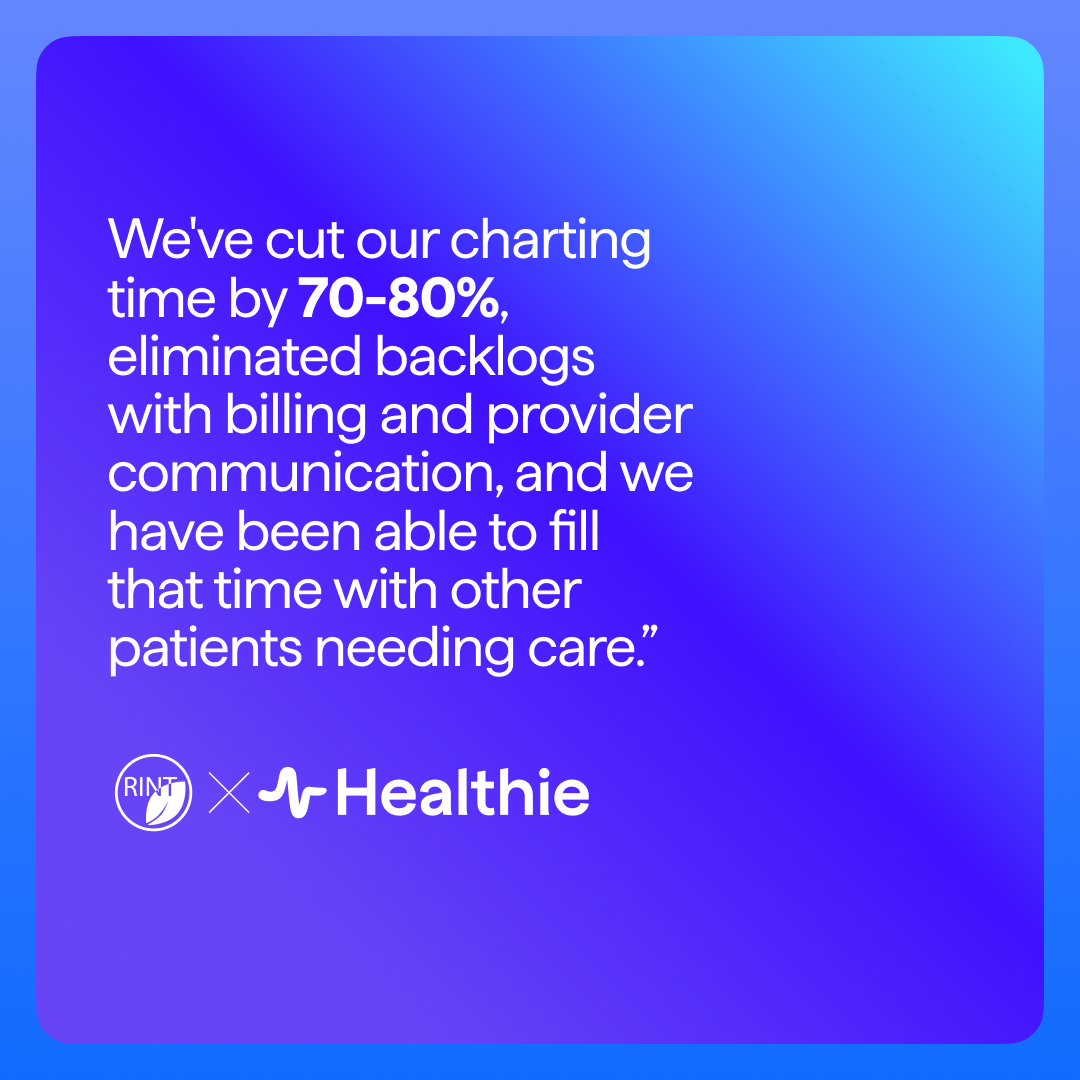

Best tips for making a nutrition website
Learn tips for making a top nutrition website to connect with clients. Read why your dietitian website is your best marketing tool.
By Guest Blogger Mike Wilner
At Compass, we’ve had hundreds of conversations with new business owners and launched close to a hundred websites. We wanted to use our experience and what successful nutrition entrepreneurs have done to figure out the answer to one simple question: what makes a great nutrition website?
The most important thing a nutrition website can do is build trust. For a visitor is going to make decisions on how they treat their body based on what they find on your website, they need to trust the person giving that advice.
We looked through hundreds of nutrition websites and food blogs to find the 4 most important things that you can do to build trust through your website.
1. Put the emphasis on you
A nutrition practice is highly personal, and the dozens of top nutrition websites we looked at reflected that.
One of the quickest ways to build trust with visitors is to show them the person behind it all. By letting visitors see who you are, they can build a personal connection with you, which is a much stronger bond than viewing a website that simply provides content or sells services.
Almost every website from successful nutritionists prominently feature a headshot and quick biography about the owner on the homepage.
Take a look at Andrea Castellanos’ website, yourdietmethod.com:

While not the first thing on the website, scrolling down reveals the “who” behind the nutritionist.
The other way many nutrition sites or food blogs feature the person behind the website is by including a headshot and bio on the right sidebar. This is particularly more useful when considering a blog-focused website.
2. Offer free content with your newsletter signup
Not everyone that visits your website will be ready to hire you right away. It’s important to offer a way for a visitor engage in a low-commitment way. While social media follows are great, email is still the most valuable marketing channel. Even the most active Facebook pages reach ~10% of their fans1, while an average marketing email gets a 22.5% open rate2.
Most websites check this box by allowing visitors to subscribe to a newsletter for “future updates.” While this may help get a few email addresses, the vague promise of future content is not a compelling reason for a visitor to grant you access to his or her email.
To get more conversions, offer free content that the visitor will get immediately. The promise of instant gratification will increase your conversion rate and build more trust, as they’ll be able to immediately read what you’ve sent them. Additionally, they can quickly read your content and learn from you, which will strengthen the relationship.
Take a look at foodheavenmadeeasy.com, the blog of Wendy Lopez and Jessica Jones. They go beyond offering a newsletter and offer a copy of their “7 days of Smoothies Book”. Now I’m curious about the 7 different smoothies and want to see what they are!

They do a great job of explaining to the visitor that they’re signing up for a newsletter, but offering an ebook for instant gratification. Giving your visitors value first lets you stand out.
Healthie can even help you create educational content that actually resonates with your clients.
{{free-trial-signup}}
But what if you don’t feel like creating a new eBook just to get a few more email addresses? You can use existing content that you already have and give it away for free.
For example, Christa Orecchio, a clinical and holistic nutritionist and founder of The Whole Journey, gives away a few chapters of her eBook on her website, thewholejourney.com.

3. Social media integration
If you use social media platforms like Instagram or Pinterest, integrating that content into your website is an easy way to accomplish three really important objectives:
Providing Fresh Content to Show an Active Presence
Having timely content on your website is a great signal to website visitors that you’re active and attentive. We always tell our customers that no blog is better than having a blog that was last updated 6 months ago, and the same is true for your social channels. Integrating social media is a quick way to signal to potential visitors that you’re active and attentive to their needs.
Building more Trust by Creating a Bridge to Your Personal Life
Your website will market you as an individual and the services you provide, but integrating social media feeds can help visitors feel like they are engaging a real person and not just a brand.
Making it Easy for Visitors to Engage with you in Ways other than a Newsletter
Getting an email address from a visitor is the most valuable thing you can get in a visit. If a visitor isn’t ready to provider their email address, they may be happy to follow you on Twitter, Instagram, or other channel of choice. For those that have already subscribed to a newsletter, social media provides another way to engage. The more top of mind you are with your audience, the better.
How it Looks in Practice
Keri Gans, a NYC-based dietician, does a great job showcasing her Instagram feed on her homepage for kerigansnutrition.com:

For blog-focused sites that place more emphasis on blog content like brookebrennanwellness.com (run by Brooke Brennan, a health coach from Jacksonville Beach), you can put social media integrations on the sidebar, so visitors can engage without being distracted from blog content.

4. Simple explanation of services
Even if you do all of the above things well, it’s important to get prospective clients to trust the services you provide, if you want them to eventually become customers.
To build trust around your service offerings, it’s important to explain each simply and thoroughly. We’ve seen two ways that this is done effectively:
Productized service offerings
Turning services into digestible product packages gives potential clients a clear sense of what they’re getting and at what cost. You can see what this looks like on Jennifer Cassetta’s website, jennifercassetta.com.

While not every potential client will fit perfectly into these packages, those that do will feel more comfortable moving forward. Plus, you’ll know that they are prepared to pay what you charge without negotiation.
Thoroughly explaining how it works
If you prefer to talk to a client first or don’t want to share your pricing, that’s perfectly fine! A thorough “how it works” section explains your process to a prospective client to make her more comfortable moving forward. With Healthie, you can foster client relationships by checking in through convenient client messaging or by setting up food, lifestyle, or activity journaling. Andrea Castellanos’ website, yourdietmethod.com, does a fantastic job clearly and simply outlining how the process works, and the benefits a client will get.

Final thoughts
Any nutrition website needs to make it easy for a visitor to engage. However, before any of this can happen, the website needs to build trust with its visitors.
Would you let someone you didn’t trust advise you on how to treat your body?
Check out Compass.com for more articles by Mike Wilner.




